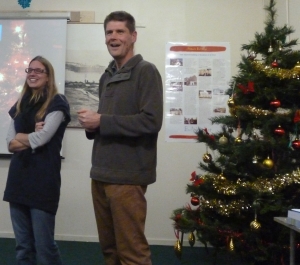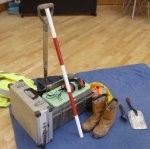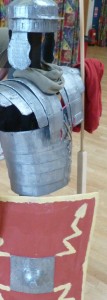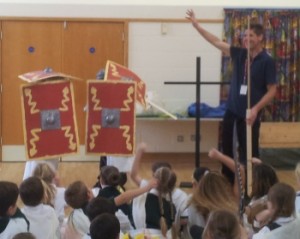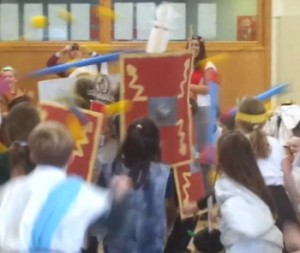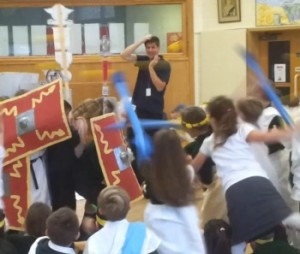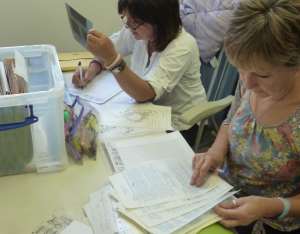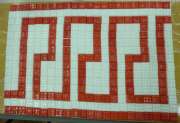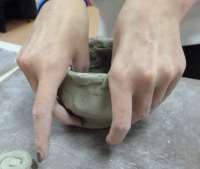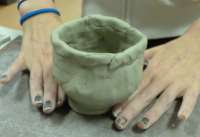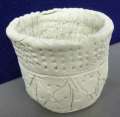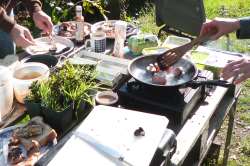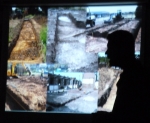
Emma and Ges, Director and Deputy Director of the Trust gave an update on the Trust’s activity for 2013 at Crampton Tower in Broadstairs for the Isle of Thanet Archaeological Society (IOTAS) on Monday 25th of November.
This informal end of year review took the audience through the ups and downs of a year that followed one of the most difficult periods for our commercial archaeological work, where few new development projects were started in Thanet and consequently only a few new sites producing significant archaeological results. Of course the most important excavation carried out this year was the training dig and archive assessment at Lord of the Manor, Ramsgate, which was reported in journal entries over the summer and continues with the project to catalogue the archive material.
An overview of the lively education programme that has been run by the Trust over the year was given, illustrated with pictures and videos of some of the key moments, particularly Dig for Three Days and the Eagle Festival organised by Bradstow School in Broadstairs, which was also reported in the journal over the summer. Pictures of the many events over the year featuring our historic costumes, our Roman Soldier’s costume in particular, were also given over the evening. It was also noted that our teaching skeleton, which was donated to the Trust by IOTAS was now the central part of People of the Past, one of our key educational sessions given at many of the Trust’s schools and other workshop events.
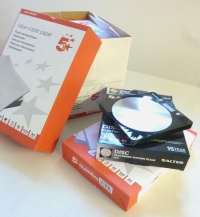
The talk drew attention to the success of our two current publications on local archaeological themes, Underground Thanet and St.Augustine’s First Footfall, which have had steady sales over the year. The imminent arrival of a third book on an important early building style in Thanet was also announced, with more to come on this subject.
IOTAS were thanked for their kind donation from our wishlist, which helps support the Trust in managing our collection of finds, which consisted of a timely delivery on Friday of a box of A4 paper and a fine set of weighing scales to replace our rather tired, and possibly somewhat inaccurate, old set.
The evening was punctuated with lighthearted comment and banter with the audience and one or two moments of comedic confusion between the speakers. The talk ended with best wishes being given to all for Christmas and was followed by a short question and answer session and a chance to catch up with old friends and new.
